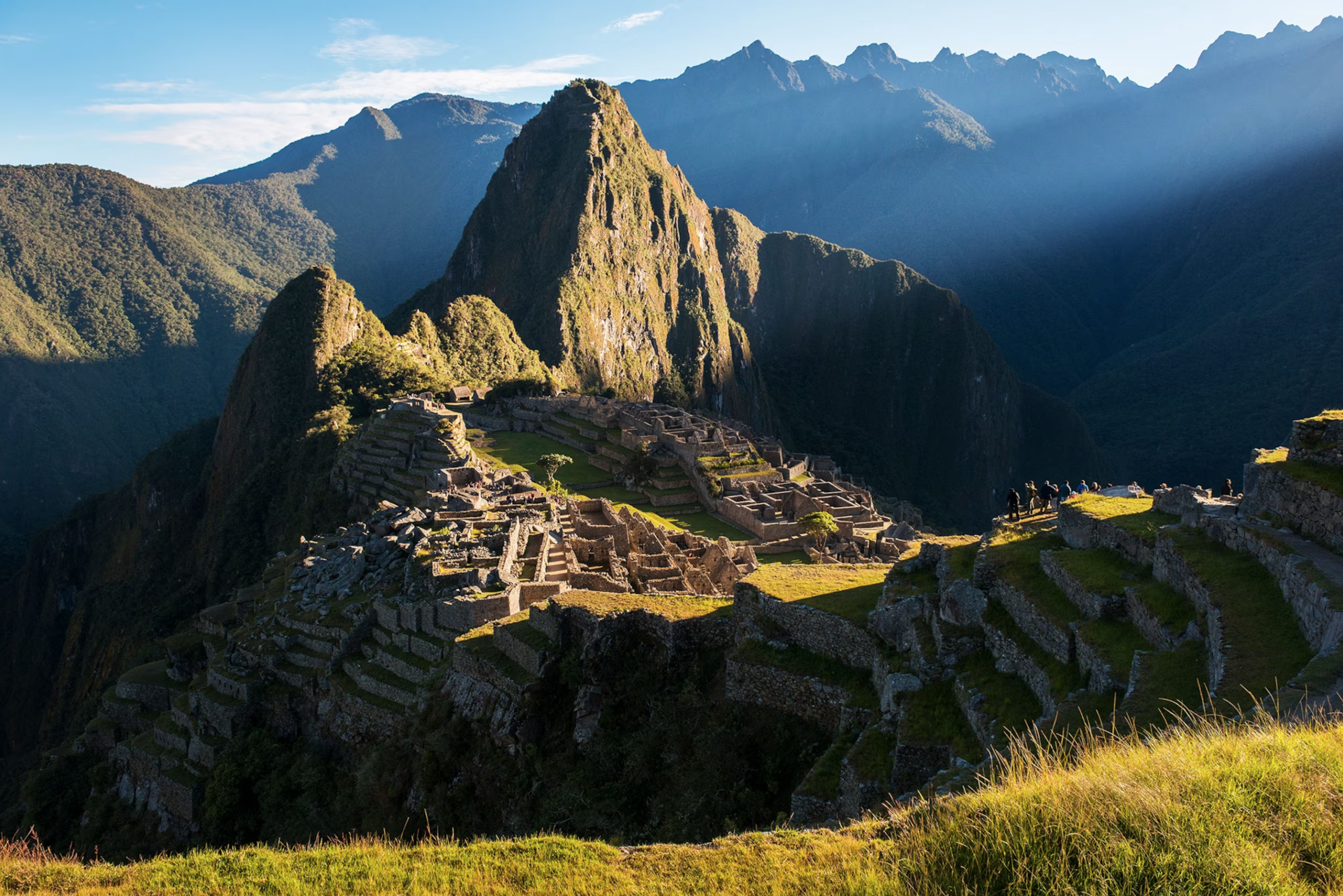Peru: A Hidden Gem in the World of Specialty Coffee
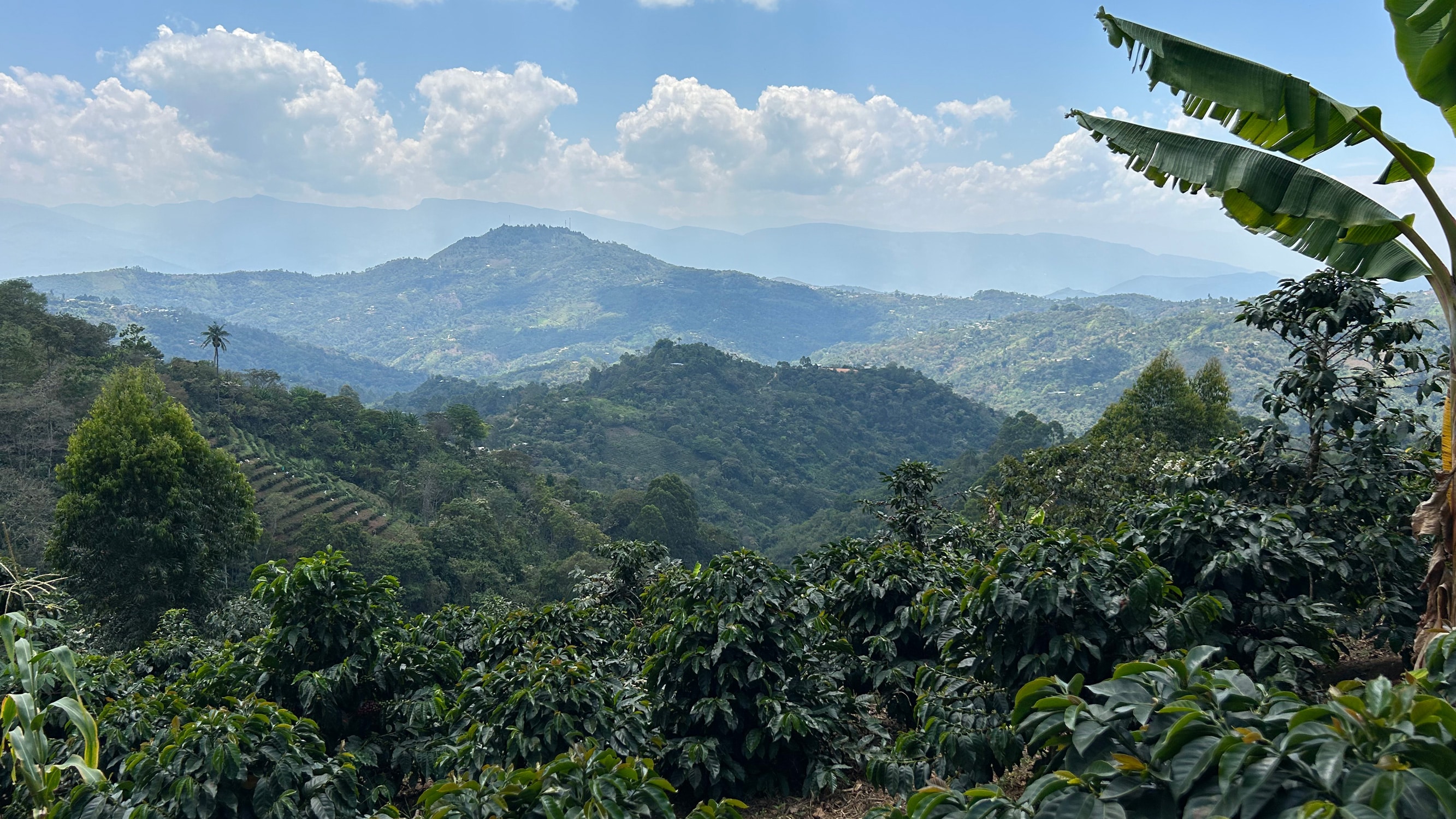
Peru, often overshadowed by its more famous coffee-producing neighbors, is an emerging powerhouse in the world of specialty coffee. Nestled in the heart of the Andean mountain range, Peru’s diverse topography, unique microclimates, and rich biodiversity create the perfect conditions for growing some of the most complex and flavorful coffees on the planet.
So, what makes Peruvian coffee stand out? Join us as we embark on a caffeinated journey to explore the distinctive characteristics of Peruvian coffee, from its roots and varieties to its processing methods and the diverse regions where it’s cultivated. Discover why Peruvian coffee, especially when crafted as a specialty, can be nothing short of extraordinary.
1. Peruvian Coffee in the Global Market
Peru ranks as the seventh-largest coffee producer globally. Traditionally, the majority of Peruvian coffee has been “conventional”, with only a small yet rapidly growing segment being sold as "certified" under labels such as organic, Fairtrade, Rainforest Alliance, and UTZ, etc. Despite these certifications, much of Peru's coffee has been used primarily in blends with other origins to create medium or dark roast profiles. However, a small but exceptional fraction of Peru’s total production is sold as specialty coffee, achieving extraordinary quality. At Farstad, we are dedicated to uncovering these unique micro-lots.
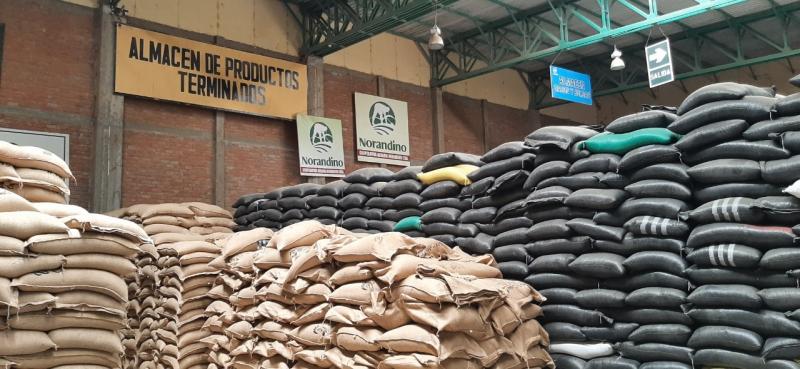
2. The Flavor Profile of Peruvian Specialty Coffee
Peruvian specialty coffee is known for its versatility and range of flavor profiles, which vary depending on the region and processing methods. In the northern regions like Cajamarca and Amazonas, you’ll find coffees with bright acidity, citrus notes, and a sweet, fruity finish. Moving south to regions like Cusco and Puno, the coffees tend to have a more chocolatey, nutty profile, often accompanied by subtle floral notes.
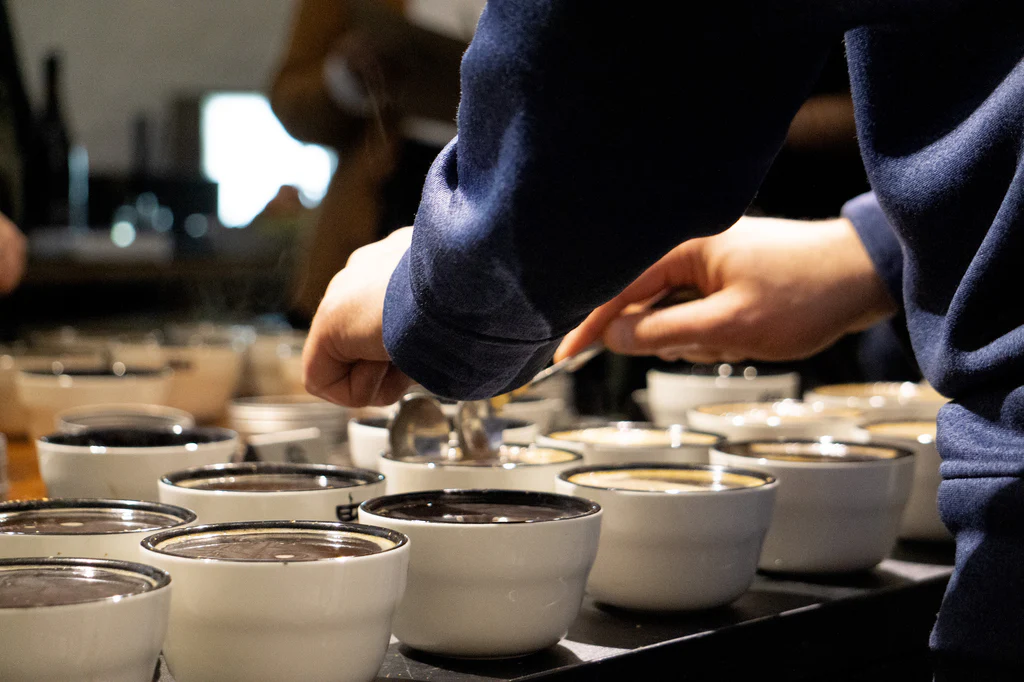
3. The People Behind Peruvian Coffee
One of the defining aspects of Peruvian coffee is the unwavering dedication of the smallholder farmers who cultivate it. Currently, 239,231 coffee producers and their families manage 313,933 hectares of coffee farms across the country. Remarkably, 95% of these farmers are small producers, each working on 5 hectares of land or less. In a nation of 33 million people, over 2 million Peruvians are directly or indirectly involved in this vital value chain. Many of these farmers are part of cooperatives, which provide essential resources and support to enhance their cultivation practices and access international markets.
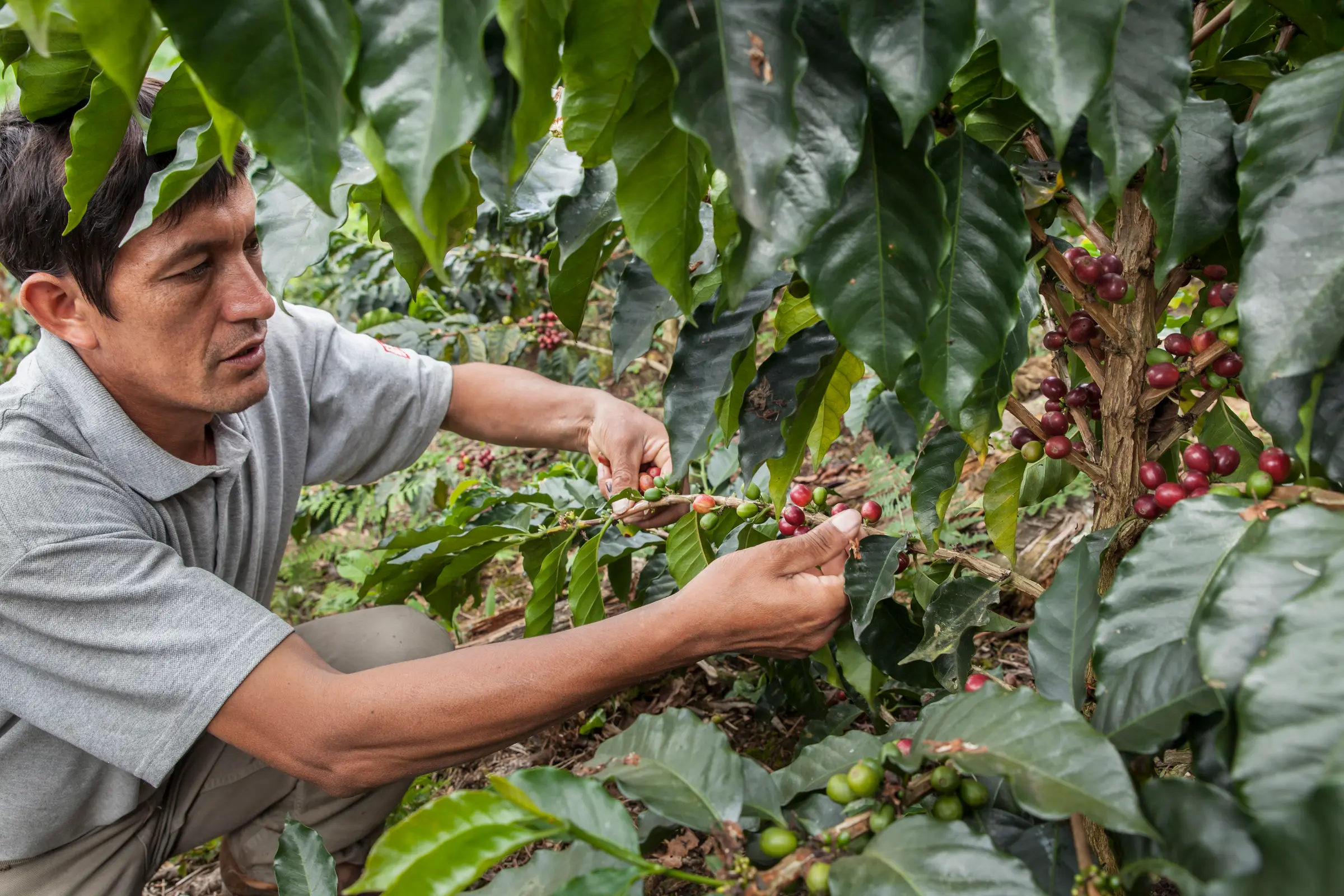
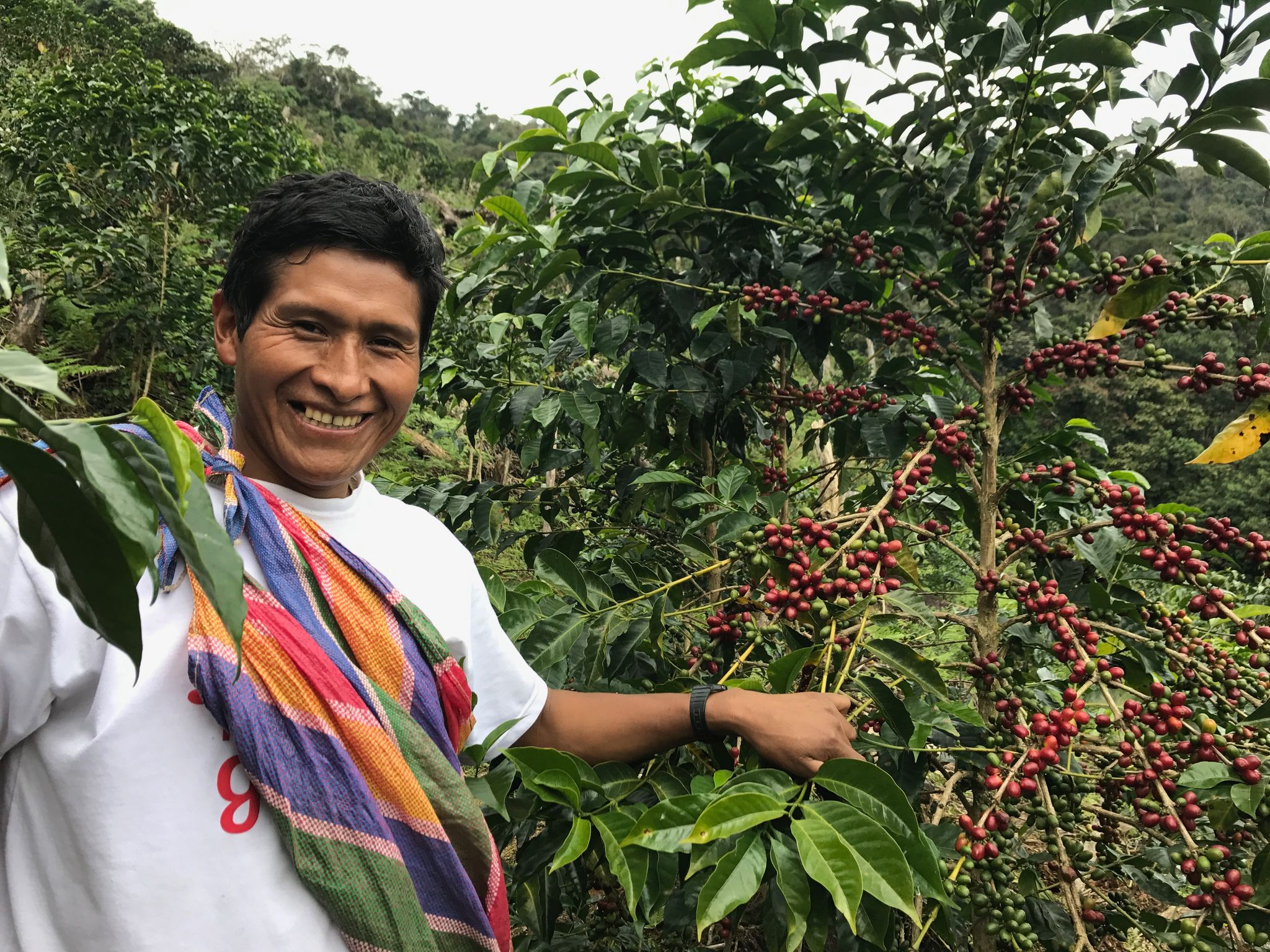
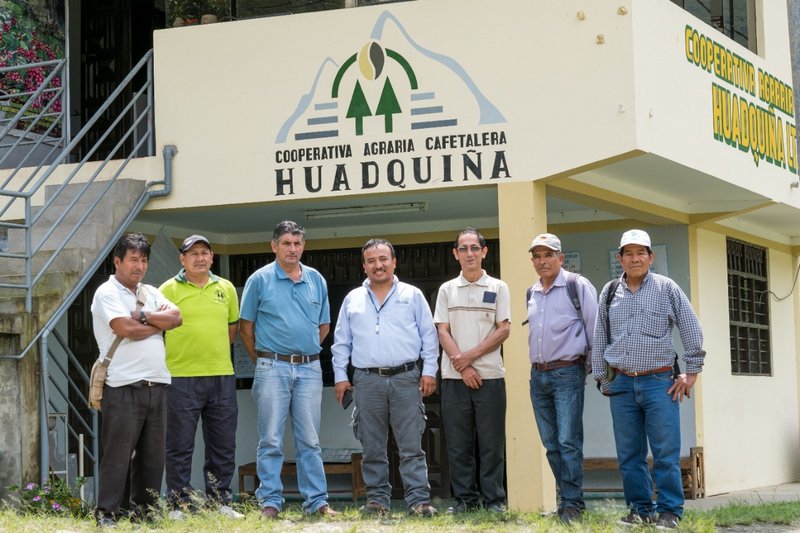
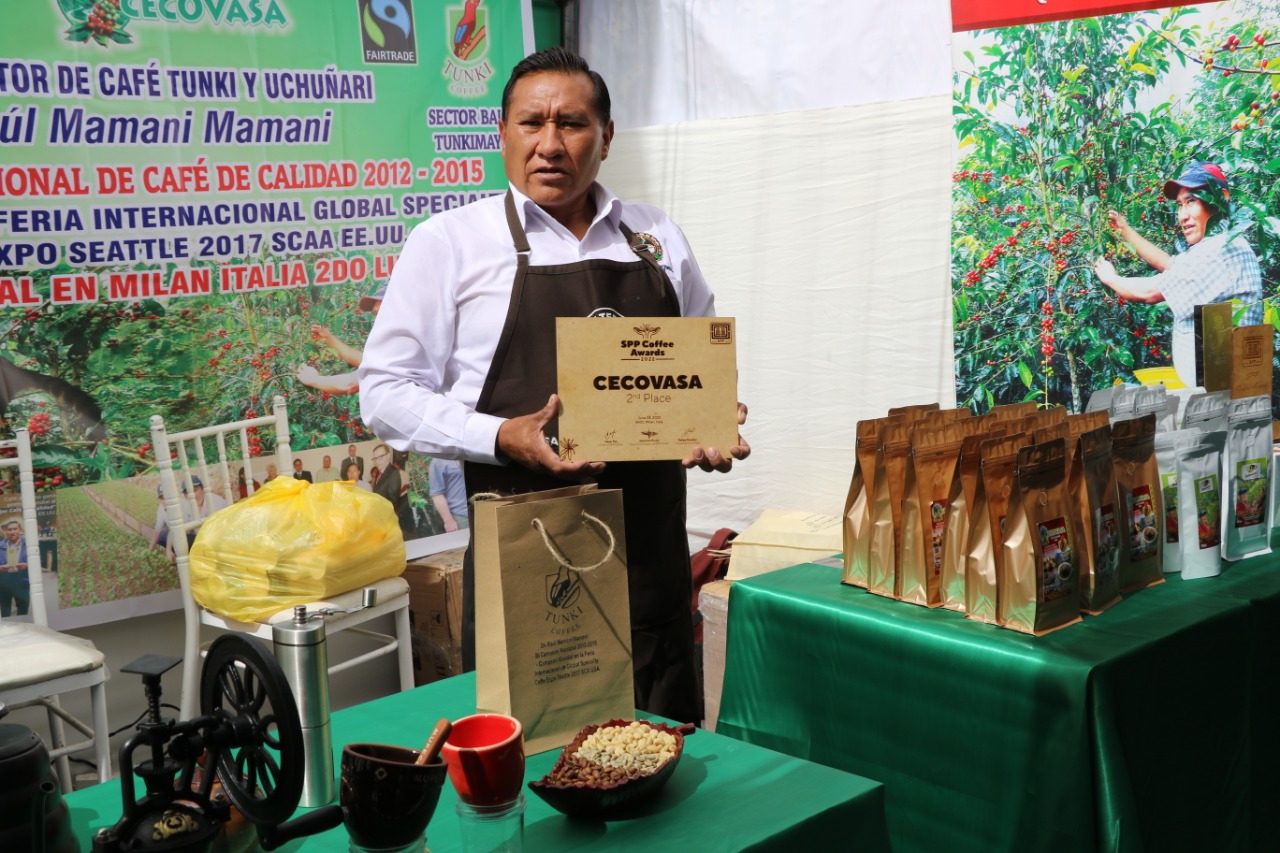
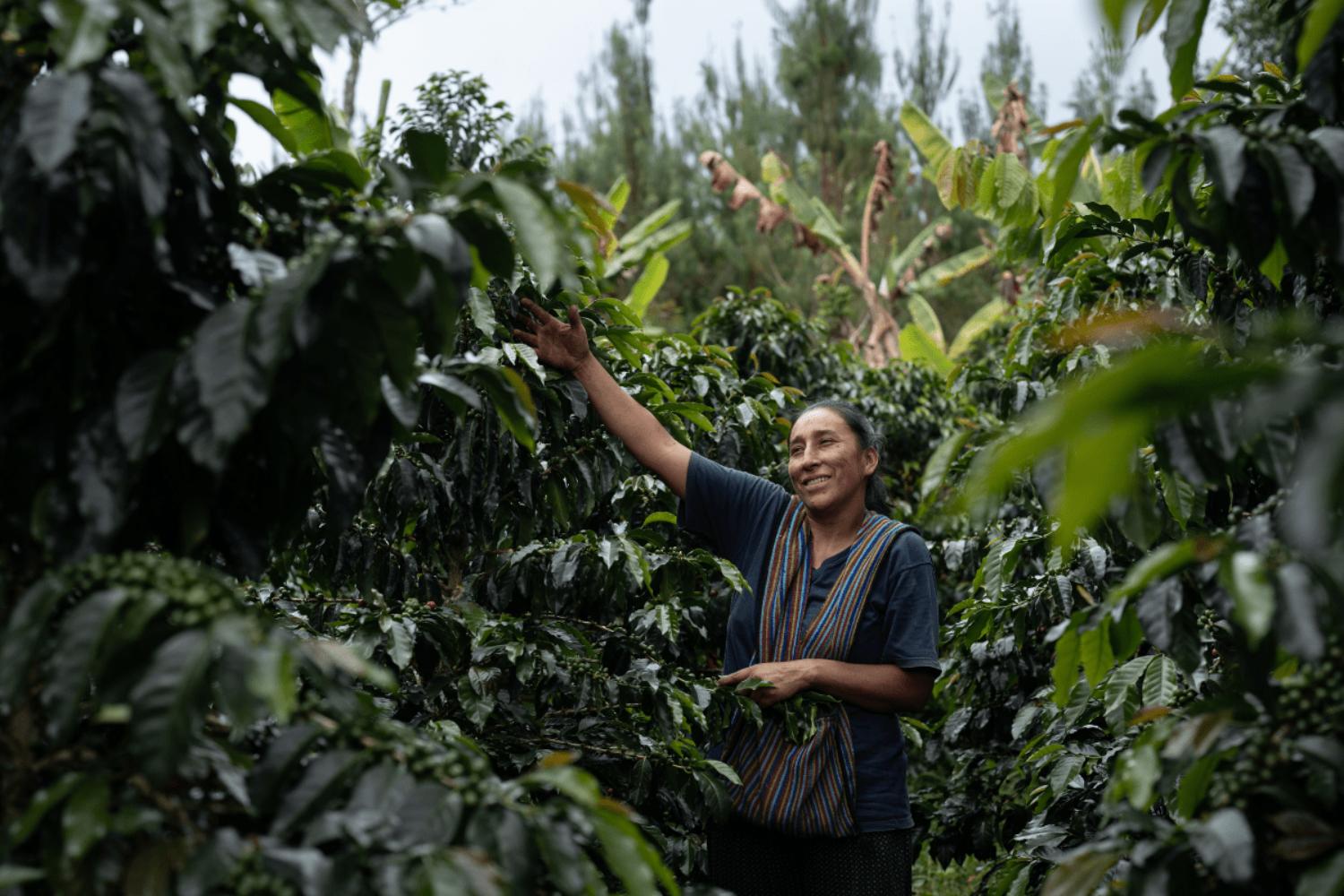
4. Geography, Climate, and Main Coffee-Producing Regions of Peru
Peru's coffee-growing regions—northern, central, and southern highlands—benefit from diverse microclimates influenced by the Andes and varying altitudes. Coffee is typically grown at elevations between 1,200 and 2,200 meters above sea level, where the slower maturation of coffee cherries results in more complex and nuanced flavors. The combination of high altitude, rich soils, and the natural shade provided by native trees produces coffees with bright acidity, floral and fruity notes, and a well-balanced body.
Peru's coffee production is concentrated in three main clusters, each with its own distinct characteristics:
- The Northern Cluster, responsible for 43% of Peru’s coffee production, includes the regions of San Martín, Amazonas, and Cajamarca, with Piura recently joining the fold. Cajamarca, in particular, has emerged as a leader in production volume and quality, consistently achieving top results in the Cup of Excellence. This success has fueled the expansion of coffee cultivation in the region.
- The Central Cluster, accounting for 34% of production, encompasses the regions of Junín, Pasco, Huánuco, and Ucayali. This area, known as the cradle of Peruvian coffee, boasts a long history of cultivation and remains a stronghold of coffee culture in the country.
- The Southern Cluster, contributing 23% of the national output, includes the regions of Cuzco, Puno, Ayacucho, and Apurímac. These isolated, high-altitude areas, with their pristine forests, have recently gained recognition for producing micro-lots with SCA scores approaching 90 points.
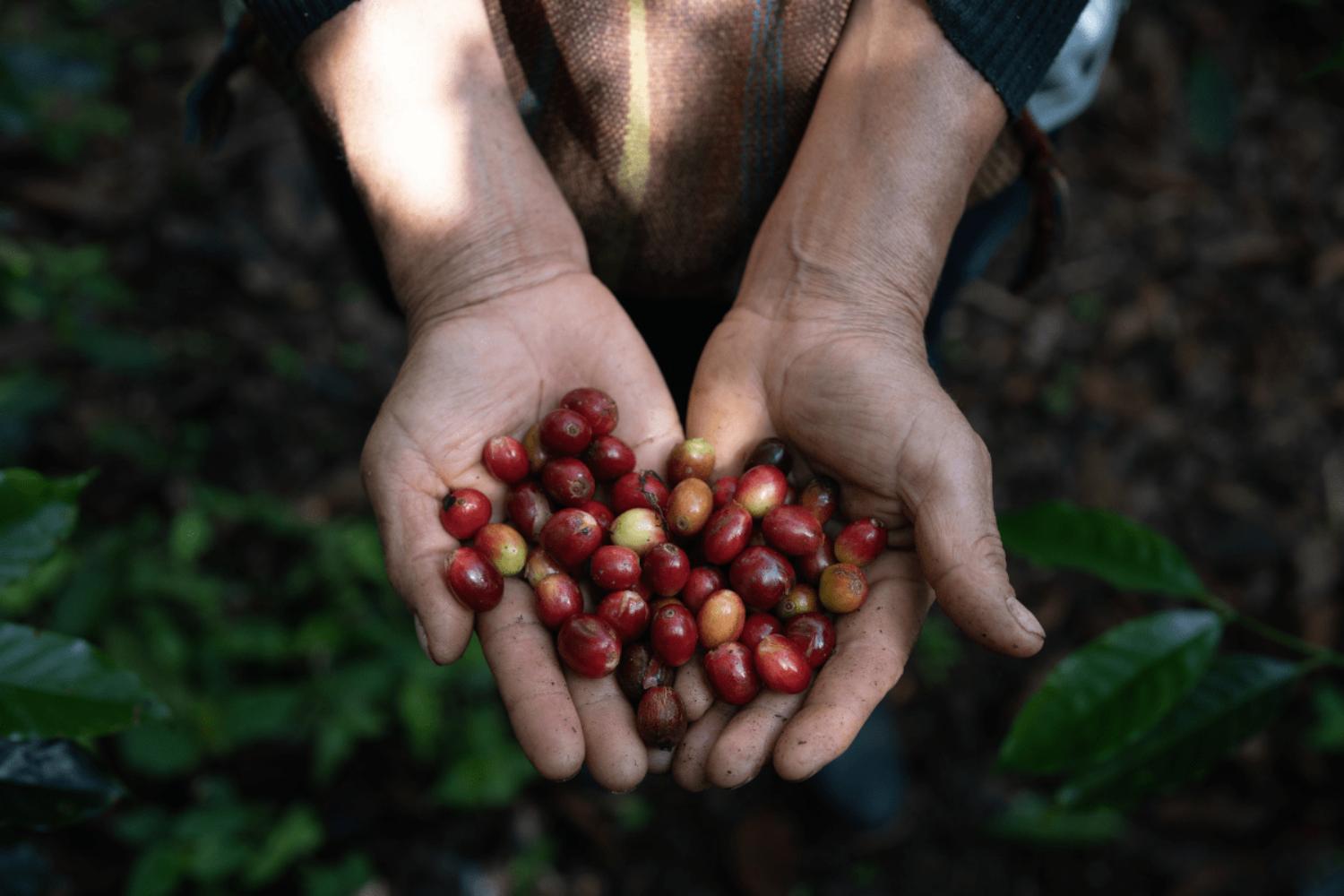
5. Varieties and Processing
Peru cultivates a diverse range of coffee varieties, each suited to the specific conditions of its growing regions. In the high-altitude areas, where plants are naturally shielded from rust, producers favor traditional varieties such as Typica, Bourbon, Caturra, Pache, Costa Rica, and Catuai. Recently, some farmers have also begun planting the coveted Geisha variety. In contrast, the lower-altitude regions require more resilient options, leading producers to predominantly plant Catimor—a variety known for its resistance to rust and other diseases, as well as its higher productivity, though it typically offers lower cup quality.
Peru has historically produced washed coffees, a method favored due to the country's geography, humidity levels, and other climatic factors. The washed process is less risky for producers, as pulped coffees are less susceptible to spoilage from rain and sudden temperature changes that could compromise the quality of naturally processed beans.
In general, producing natural and honey-processed coffees in Peru demands special attention, including increased protection and, at times, higher investment in infrastructure. This means: When producing natural and honey-processed coffees in Peru, more special care is needed and more things can go wrong. However, if everything goes right, the result can be truly extraordinary!
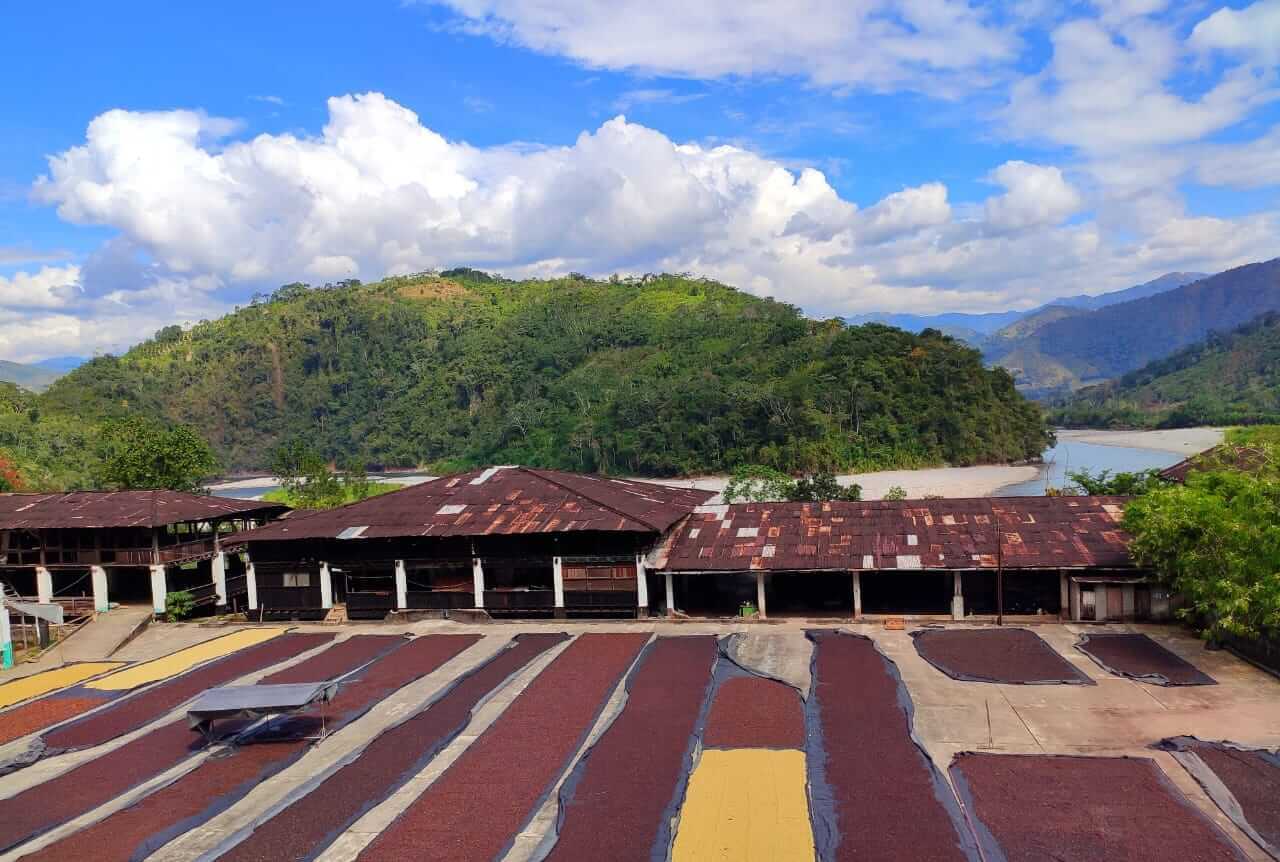
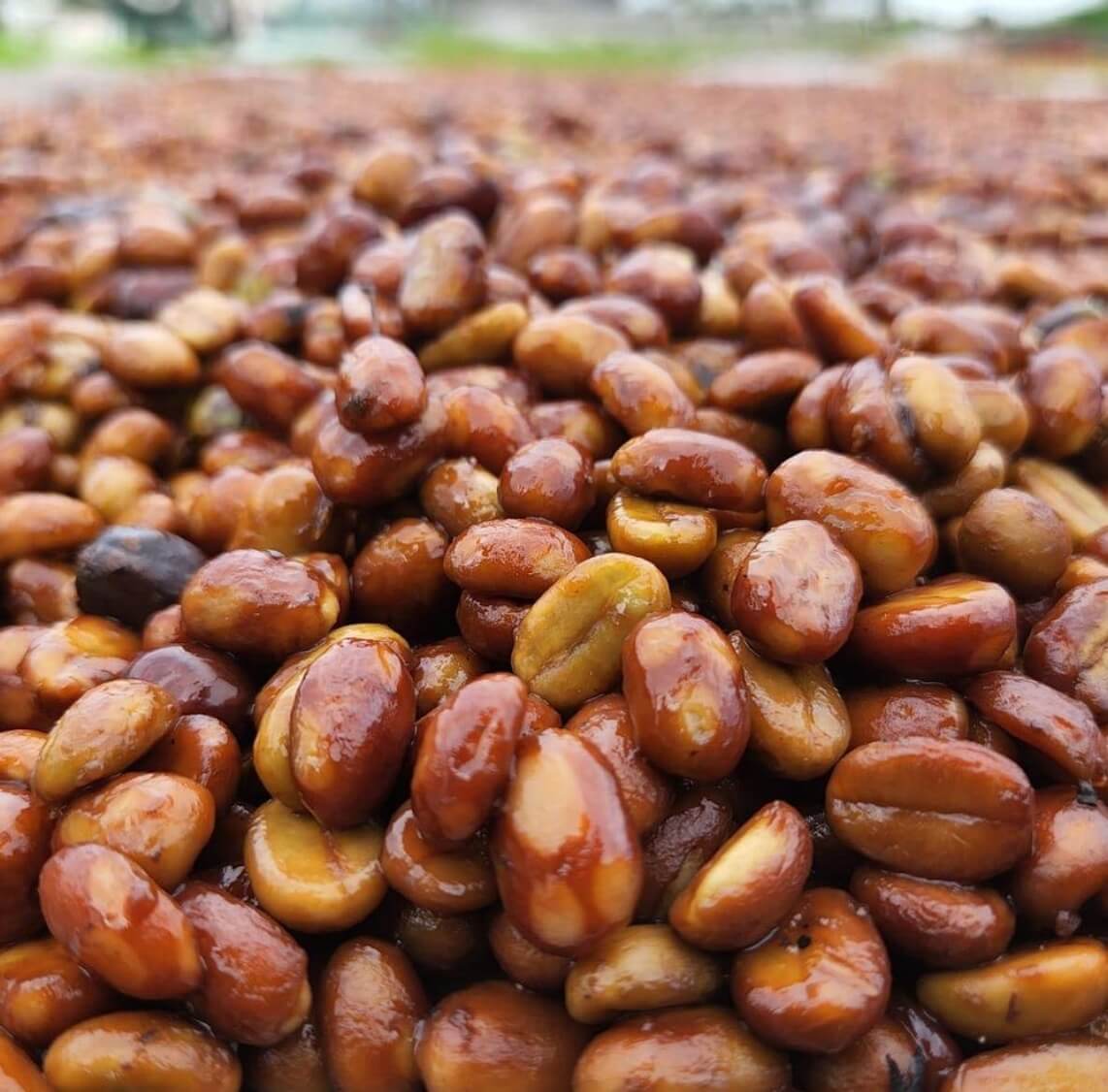
6. Brief History of Coffee Production in Peru
1740: The Beginnings of Coffee Cultivation
It is difficult to give an exact date, but its introduction dates back to the colonial era. During Spanish rule, the Crown's focus was on extracting gold, silver, and sugar, with significant attention given to high Andean mining and the coastal haciendas. The exploration and development of the jungle edge were largely delegated (“outsourced”) to private entities, primarily the Church. In the 18th century, Franciscan and later Jesuit missionaries brought coffee to Peru, planting it on lands granted by the Spanish Crown in remote regions. Their goal was to make these areas productive and ready for future colonization by settlers.
By the mid-18th century, the experiment had proven successful. Regions like Villa Rica and the Chanchamayo River valley in the central high jungle showed promising results. Travelers and explorers noted that by early 1742, coffee plantations were already flourishing in Chanchamayo. Over time, coffee spread to other parts of the Peruvian mountain.
During the Viceroyalty, the primary economic interest was in precious metals, leaving coffee as a minor product mainly for internal consumption. It wasn’t until after Peru’s War of Independence (1821-1824) that the new Republic focused on integrating and exploiting its entire territory, aiming to boost exports and develop infrastructure.
The early colonization efforts were driven by military objectives, with Fort San Ramón established in 1847 to assert control over the high jungle and Amazonian territories. To support this effort, Peru negotiated with European nations like Italy, France, and Germany to attract hardworking settlers. These migrants were promised land ownership in exchange for working it by cultivating coffee, cocoa, sugar cane, fruits and precious wood trees, as well as raising livestock. This process, however, led to conflicts with the indigenous populations who viewed the new arrivals as intruders, sparking a series of disputes throughout the 19th and 20th centuries. Over time, these conflicts faded as cultures and people blended through generations.
As colonization advanced, the development of railroads reduced logistics costs, and the growing demand for coffee made it more competitive than sugar cane and coca leaves. Coffee began to dominate the central Peruvian jungle’s economy due to its favorable growing conditions.
For many, coffee cultivation became a crucial economic support and a pathway to land ownership and a promising future. For Peru, coffee cultivation was integral to the "conquest" of the high jungle and the country's territorial cohesion, linking the Peruvian jungle to the global economy.
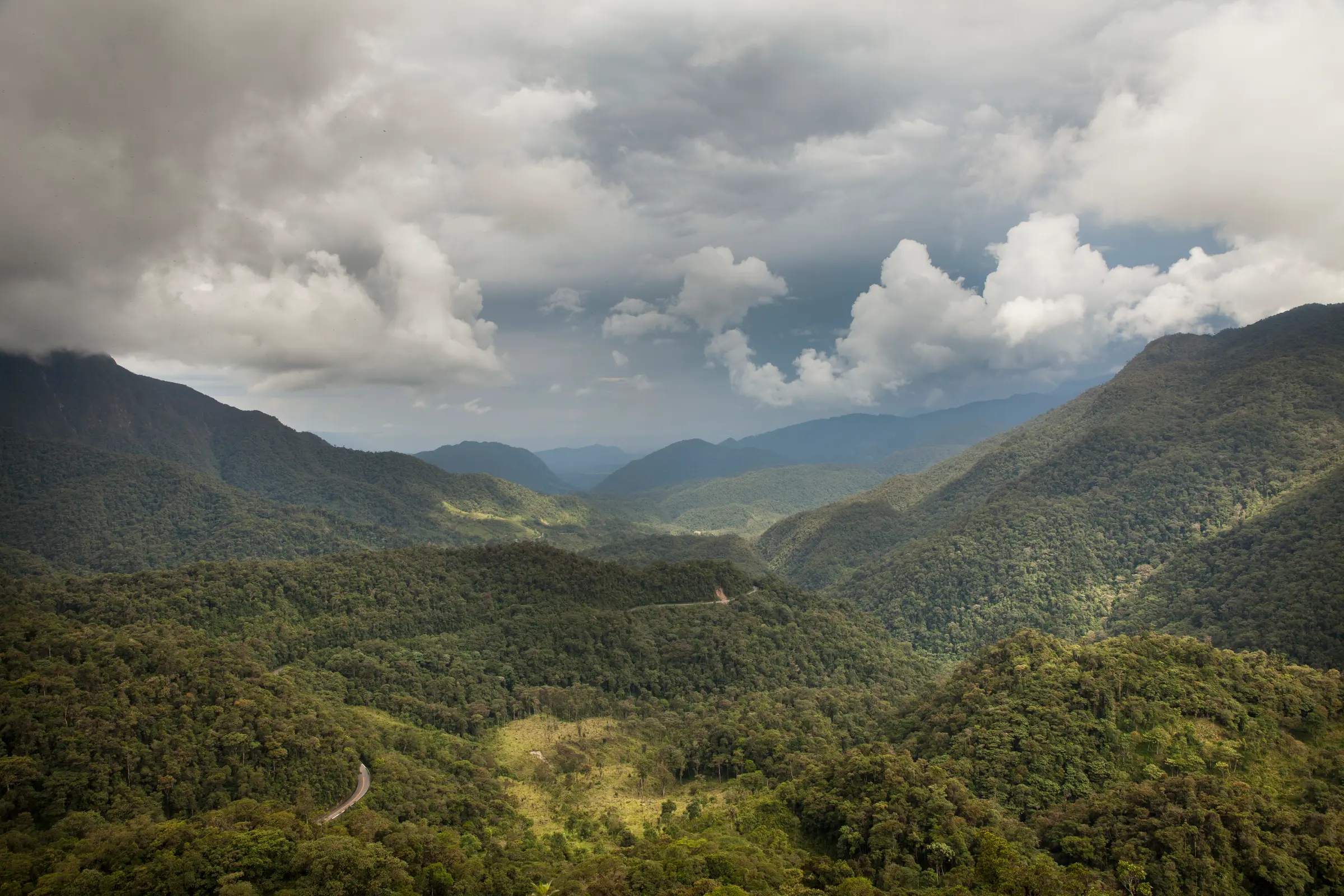
1885: The Dawn of Coffee Exports
Peruvian coffee began its journey onto the international stage in 1886. The story starts with Santiago Tealdo, an Italian merchant from Genoa, who founded the trading company Tealdo Hermanos ("Tealdo Brothers") in 1870. Initially focused on buying and selling various basic products, Tealdo faced significant challenges following Peru's defeat in the War of the Pacific (1879-1884). The war's aftermath saw the looting of private properties and commercial establishments by Chilean troops, plunging the national market into deep recession.
In response, Tealdo pivoted to international markets, adapting his business strategy to fluctuations in product demand and market prices. Leveraging his established operations in Peru, Tealdo purchased 200 quintals of coffee from the Chanchamayo valley. This coffee was shipped to Lima and then exported to Genoa, Italy, where Tealdo had existing business connections. This marked the beginning of a continuous flow of Peruvian coffee across the Atlantic to Europe and eventually to the United States, setting the stage for a new era of international coffee trade.
20th Century: Producers, Monopoly, and Cooperativism
As the coffee export era took off at the end of the 19th century, the proliferation of small and medium coffee producers alongside large traditional farms was driven by the division and sale of land by the Peruvian Corporation Ltd. (a British investment group) and favorable growing conditions. However, the volatile international coffee market posed significant challenges for smaller, family-run farms, leading to a concentration of land ownership among large landowners and the dominance of major intermediaries.
Price fluctuations incentivized new settlers to enter coffee cultivation during periods of high prices, but many small producers faced bankruptcy when prices fell, forcing them to sell their land or exit the industry. This instability underscored the need for organized support structures, leading to the formation of associations and cooperatives.
In the early 20th century, large producers—landowners, merchants, and exporters—were the first to form associations to represent their interests. They established various organizations such as the Comité Cafetalero Nacional. Small producers, who were the majority, took longer to organize. It wasn’t until 1960 that they established the Federación Nacional de Productores de Café (National Federation of Coffee Producers), gaining official recognition as a key representative of the coffee sector. This period also saw the 1964 General Law of Cooperatives, which aimed to level the playing field by breaking the export license monopoly held by large producers and merchants.
Since 1965, small producer cooperatives have expanded, creating a dual structure in Peru’s coffee industry: private companies of all sizes, and cooperatives of small producers, also varying in scale. Both groups have navigated the challenges of the late 20th century, including political upheavals, agrarian reforms, and fluctuations in coffee prices, while adapting to a liberalized market environment from the 1990s onwards.
Today, the Peruvian coffee sector faces ongoing challenges, such as improving national infrastructure, ensuring a steady supply of production inputs, and simplifying export processes. However, Peru’s liberalized economy allows producers of all sizes to establish businesses, form associations, and compete on equal terms in the national and international market, without monopoly restrictions on export licenses. Both private companies and cooperatives have the opportunity to thrive and expand their global reach.
7. Why Peru Deserves Your Attention
While Peru may not yet have the same level of recognition as other coffee giants like Ethiopia or Brazil, it is rapidly gaining a reputation for producing exceptional specialty coffees. The combination of its unique geography, commitment to sustainability, and the hard work of its farmers make Peru an origin worth exploring for any coffee enthusiast.
As more roasters and consumers discover the hidden treasures of Peruvian coffee, this South American country is poised to become a key player in the specialty coffee scene. Whether you’re drawn to its bright, fruity flavors or its deep, chocolatey notes, Peru offers something for every palate, making it a must-try for any true coffee connoisseur!
